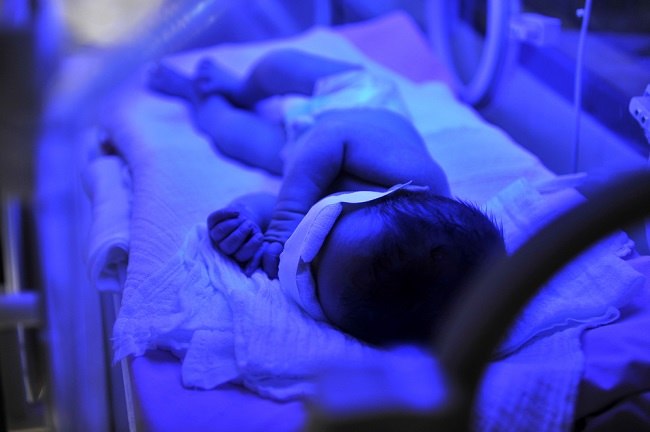Recognize Newborn Normal Bilirubin Levels
The normal level of bilirubin in newborns is often a concern for parents when they find their baby has jaundice (yellow). In newborns, one of the signs of high bilirubin levels is the condition of the baby being jaundiced.
The normal level or level of bilirubin in newborns will usually be monitored by a doctor every 8-12 hours after the baby is born. Bilirubin is a yellow pigment in blood and stool. Bilirubin is made by the body when red blood cells break down naturally. The baby will be yellow if the bilirubin is not processed properly by the liver.

This can happen because the amount of bilirubin produced from the destruction of blood cells is too much, so that the liver does not have time to process it, or because there is interference with the liver. When this happens, the surface of the skin and the whites of the eyes turn yellow. This condition is called jaundice.
Normal Bilirubin Level in Newborns
Normal bilirubin levels for newborns should be below 5.2 mg/dL. However, not a few newborns have bilirubin levels exceeding these levels.
Meanwhile, babies with the following levels of bilirubin need medical attention:
- More than 10 mg/dL in infants less than 1 day old
- More than 15 mg/dL in infants aged 1–2 days
- More than 18 mg/dL in infants aged 2–3 days
- More than 20 mg/dL in infants more than 3 days old
To ensure the normal level of bilirubin in newborns, blood tests need to be done in the first 3 days after the baby is born. This is to prevent the possibility of a dangerous impact and threaten the safety of the baby.
Treatment of High Bilirubin in Infants
Most cases of mild jaundice in newborns do not require special therapy or medical action. This condition can heal by itself within 2-3 weeks. However, if the newborn's bilirubin level is very high, this condition needs to be treated intensively by a doctor at the hospital.
The treatment given by the doctor aims to prevent a dangerous condition in the form of kernicterus due to jaundice which is left unattended for too long. Kernicterus is a type of brain damage caused by high levels of bilirubin in the baby's blood
The following are some treatments that can be done as an effort to reduce the level of bilirubin to normal in newborns:
Tlight therapy (phototherapy)
In phototherapy, the baby will be placed under a special light that looks blue-green. It is hoped that the light will help change the bilirubin molecule so that it can be excreted through urine and feces. During the process, babies are only allowed to use diapers and eye protection.
Immunoglobulin transfusion
This therapy is a follow-up step for the treatment of jaundice, especially those caused by differences in the rhesus blood group of the baby and the mother (rhesus incompatibility).
This condition makes the baby get a lot of antibodies from the mother's body. As a result, the mother's antibodies will attack the baby's blood cells and a large breakdown of blood cells occurs. Immunoglobulin (IVIg) infusion can help reduce the number of these antibodies, so that jaundice can be resolved.
Exchange transfusion
Handling in this way is only done if the baby has severe jaundice that does not show a response to other therapies. Exchange transfusion is carried out by taking a small portion of blood from the baby's body, then replacing it with donor blood, and this is done repeatedly.
The purpose of an exchange transfusion is so that the blood in the baby's body is free from high levels of bilirubin and maternal antibodies.
In addition, the doctor will also advise the mother to breastfeed the baby as often as possible, so that the baby gets sufficient nutrition and prevents her from losing weight.
The normal level of bilirubin in newborns is a sign of a healthy baby's condition. If the baby looks jaundiced and is suspected of having too high a bilirubin level, you should immediately take your little one to be examined by a doctor so that proper treatment can be given.
Label : Health
Comments
Post a Comment